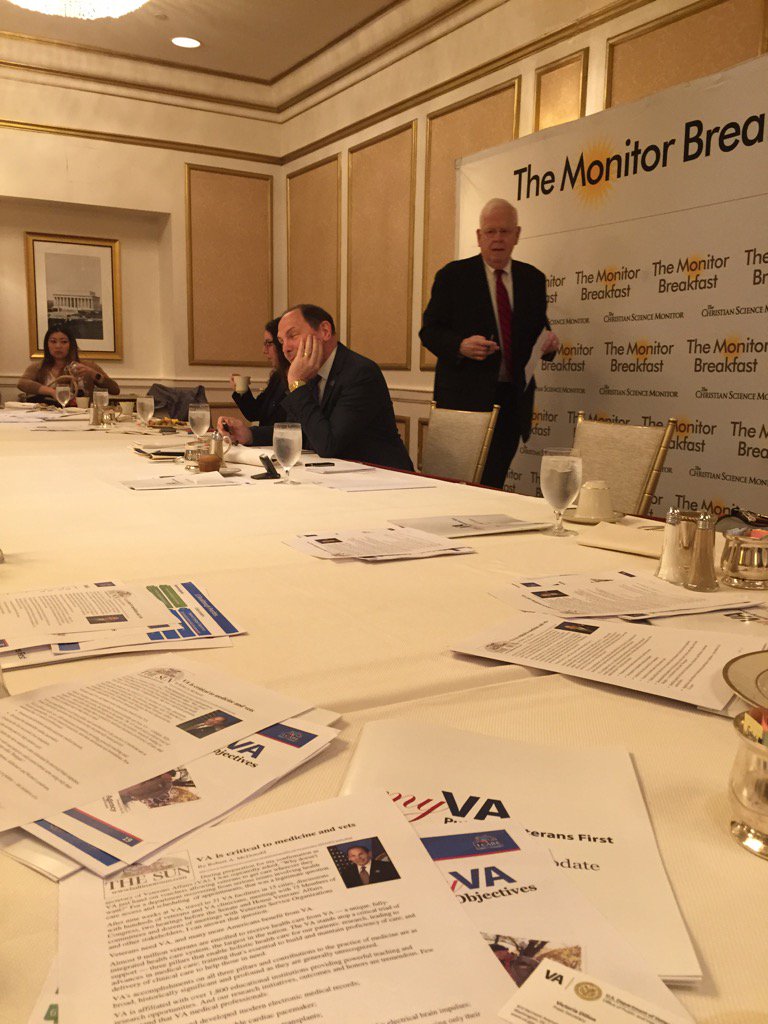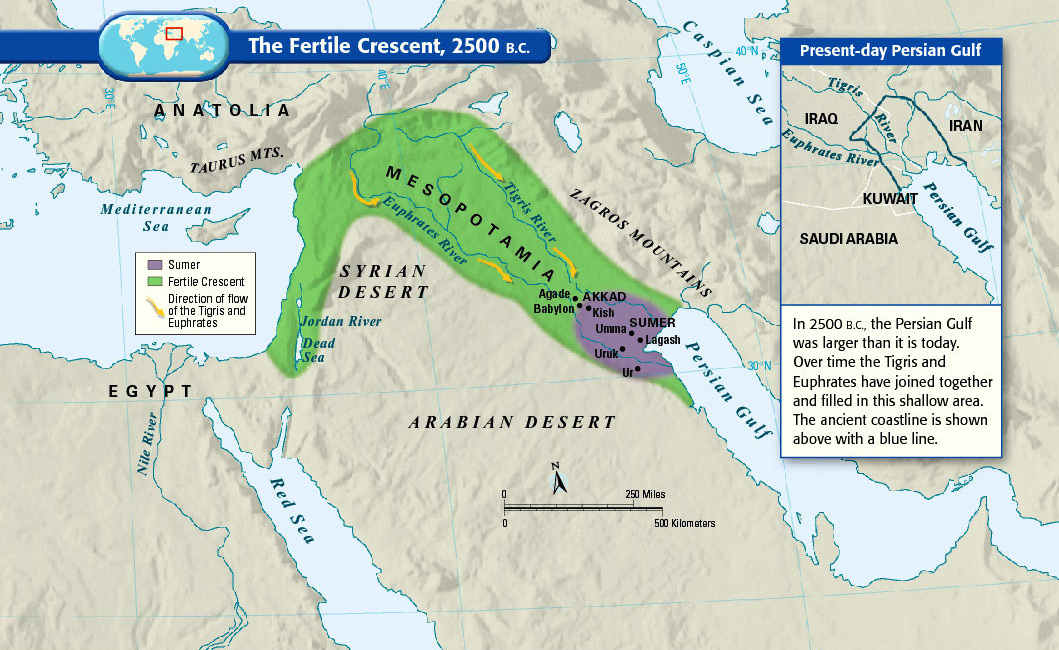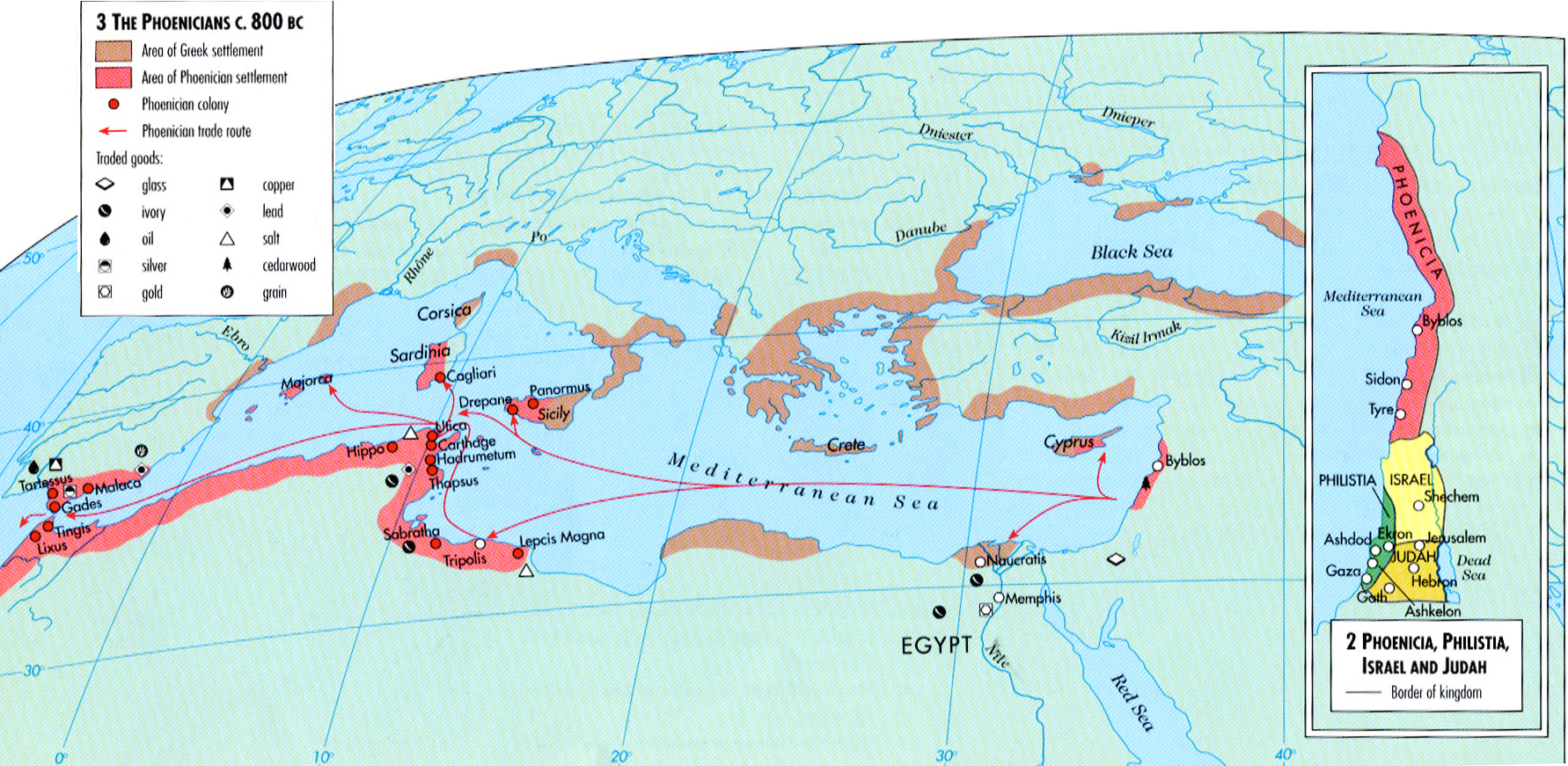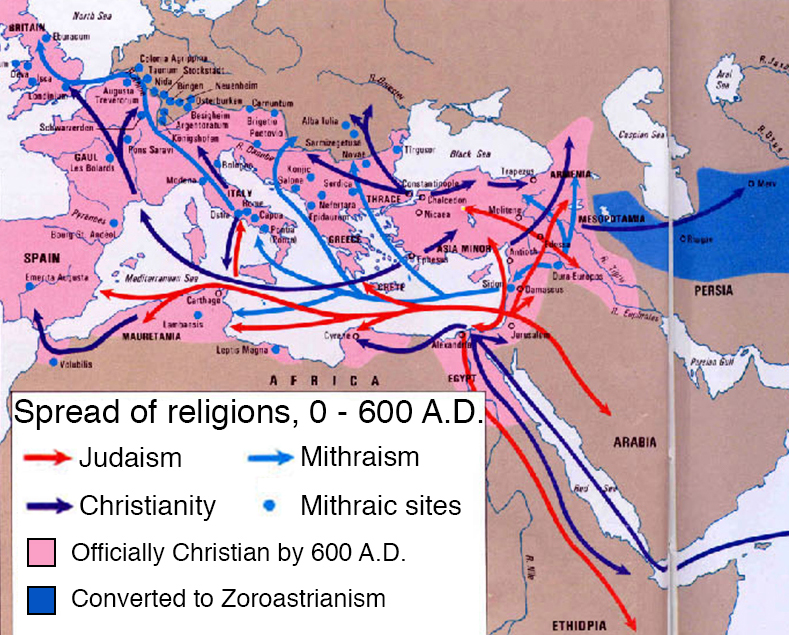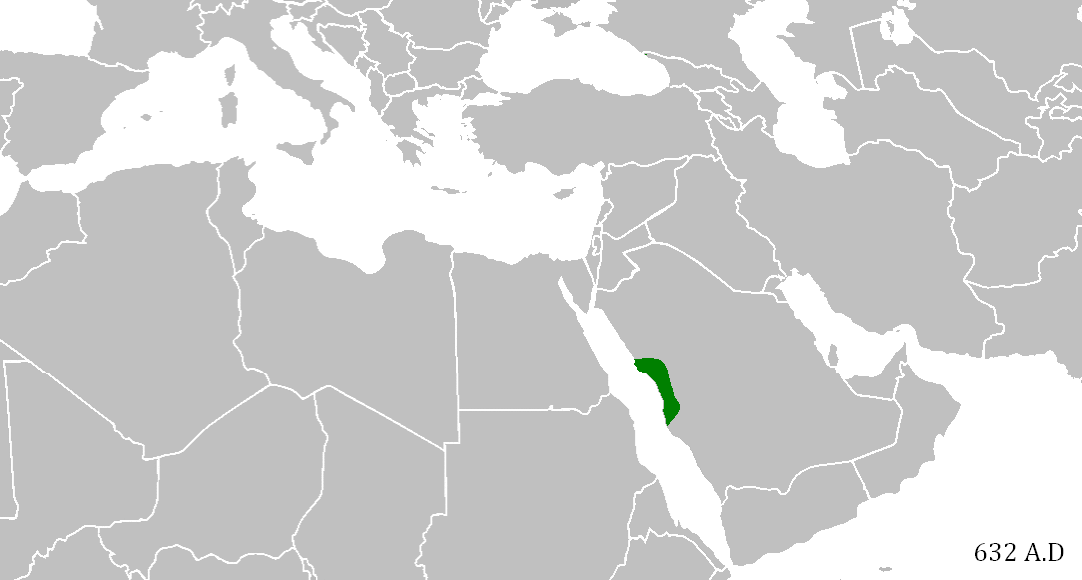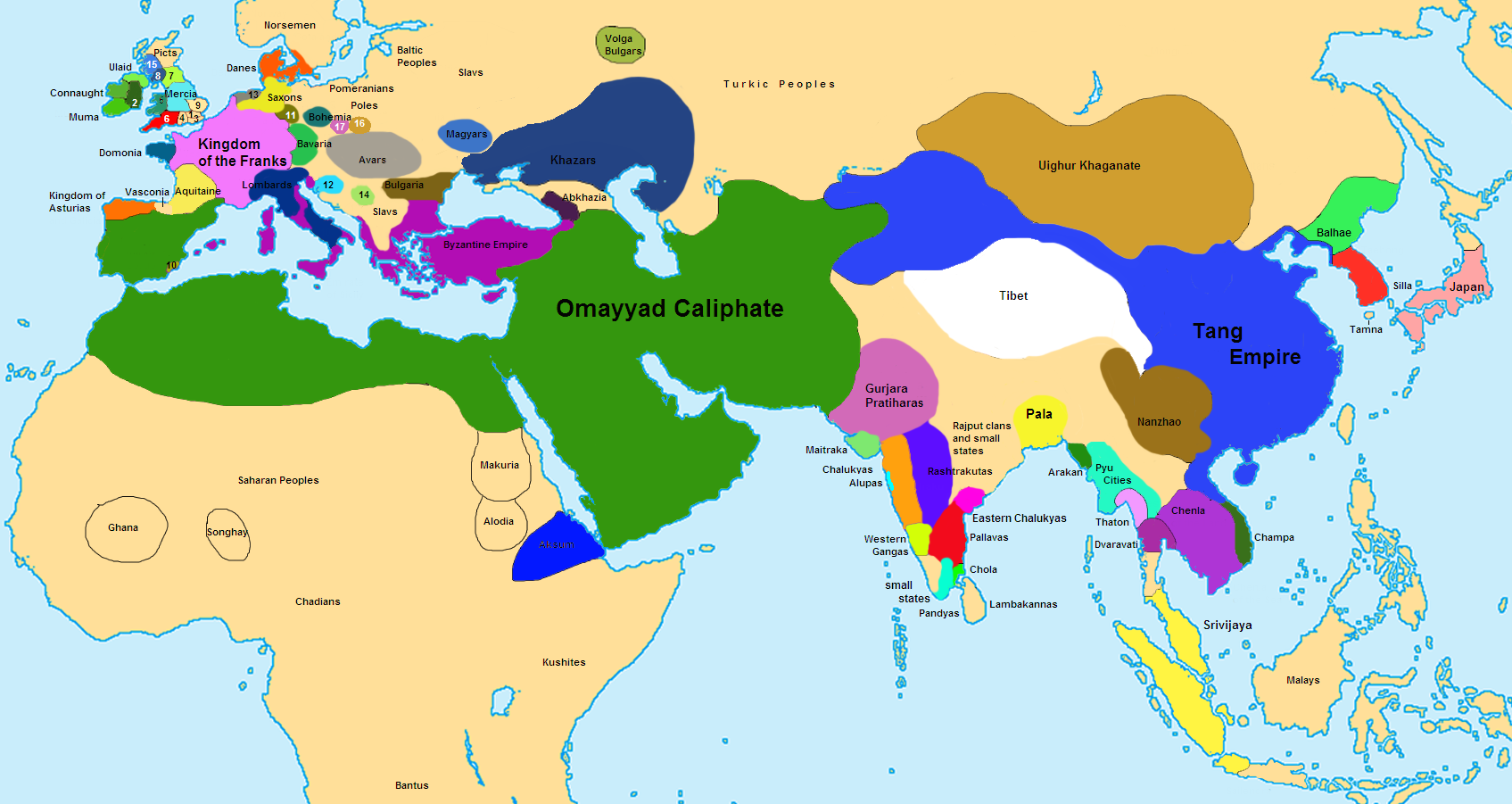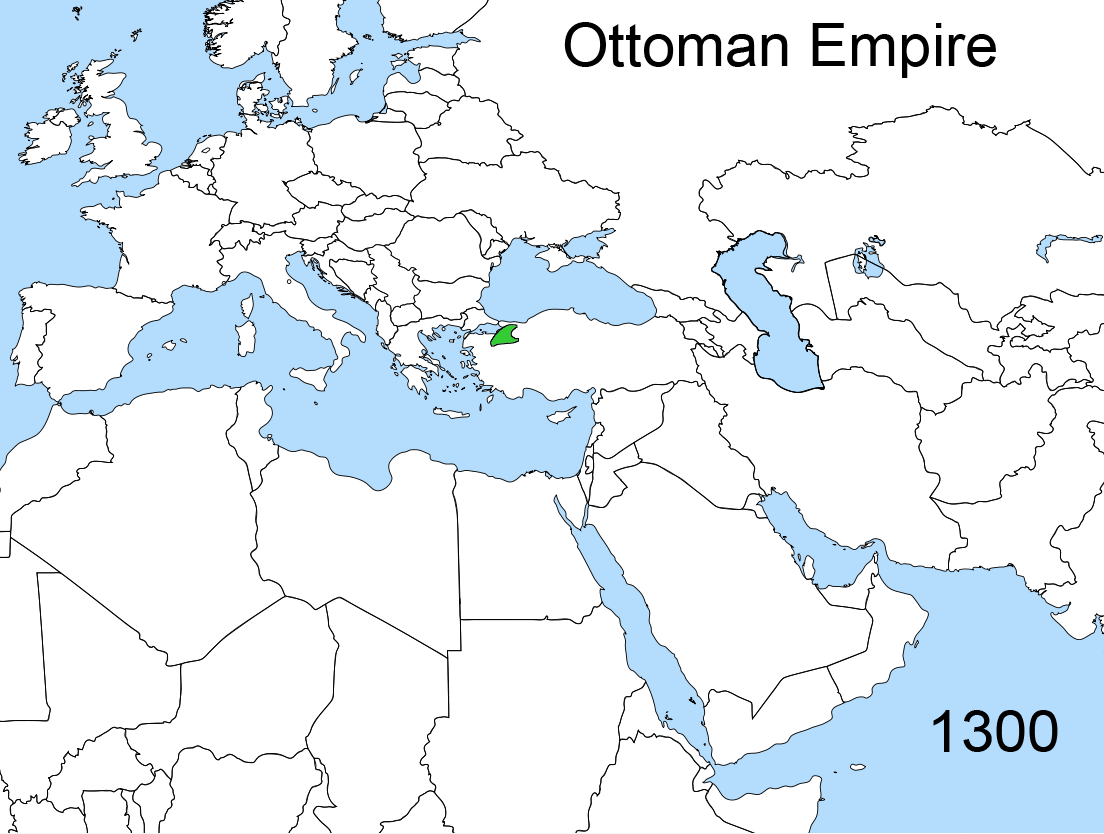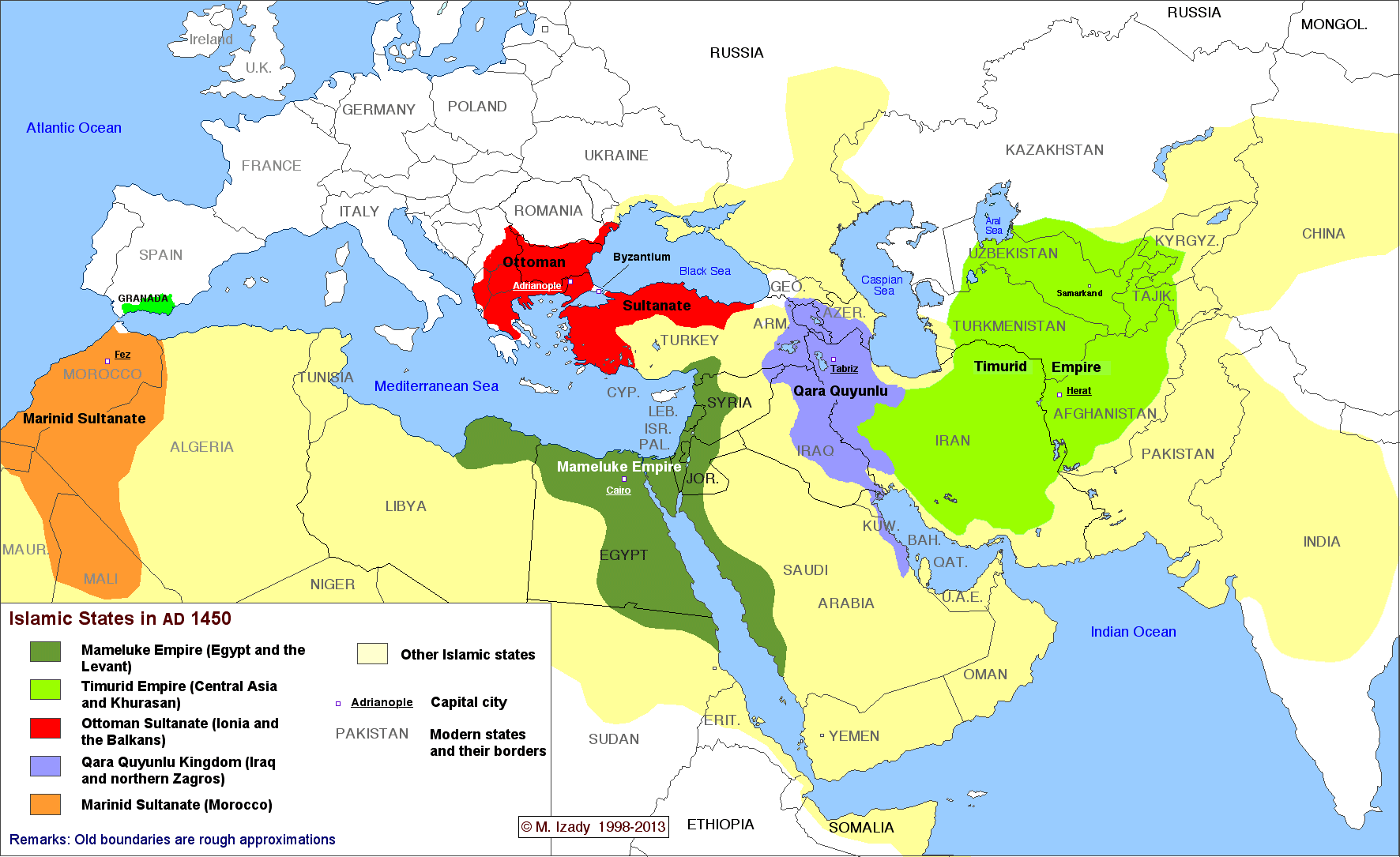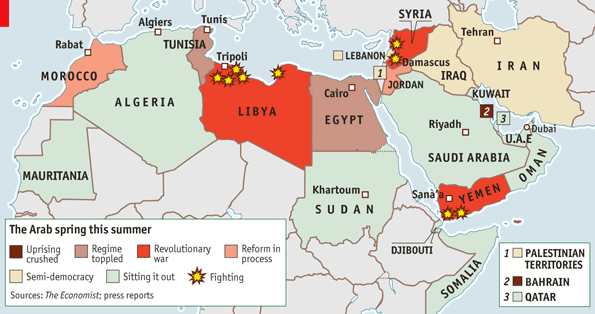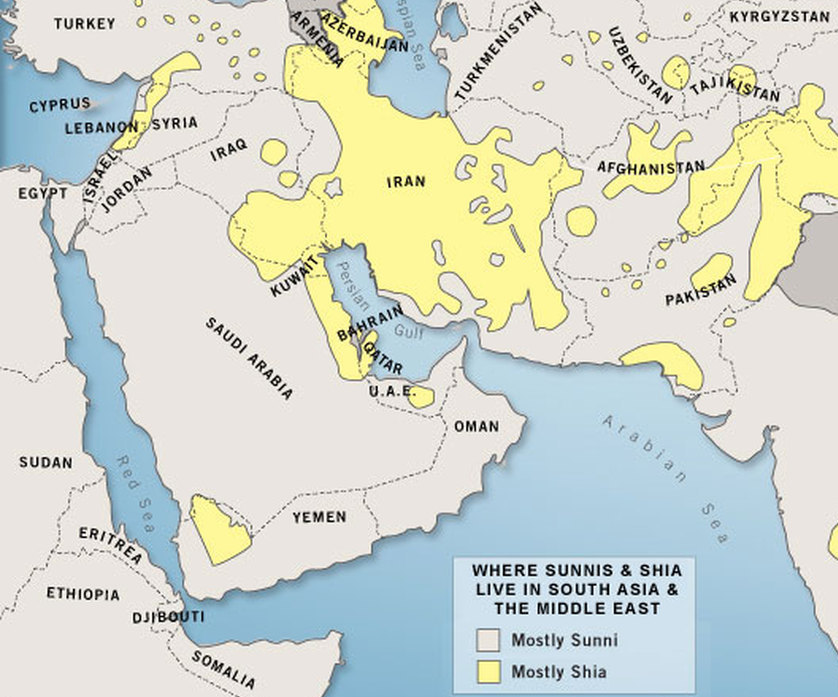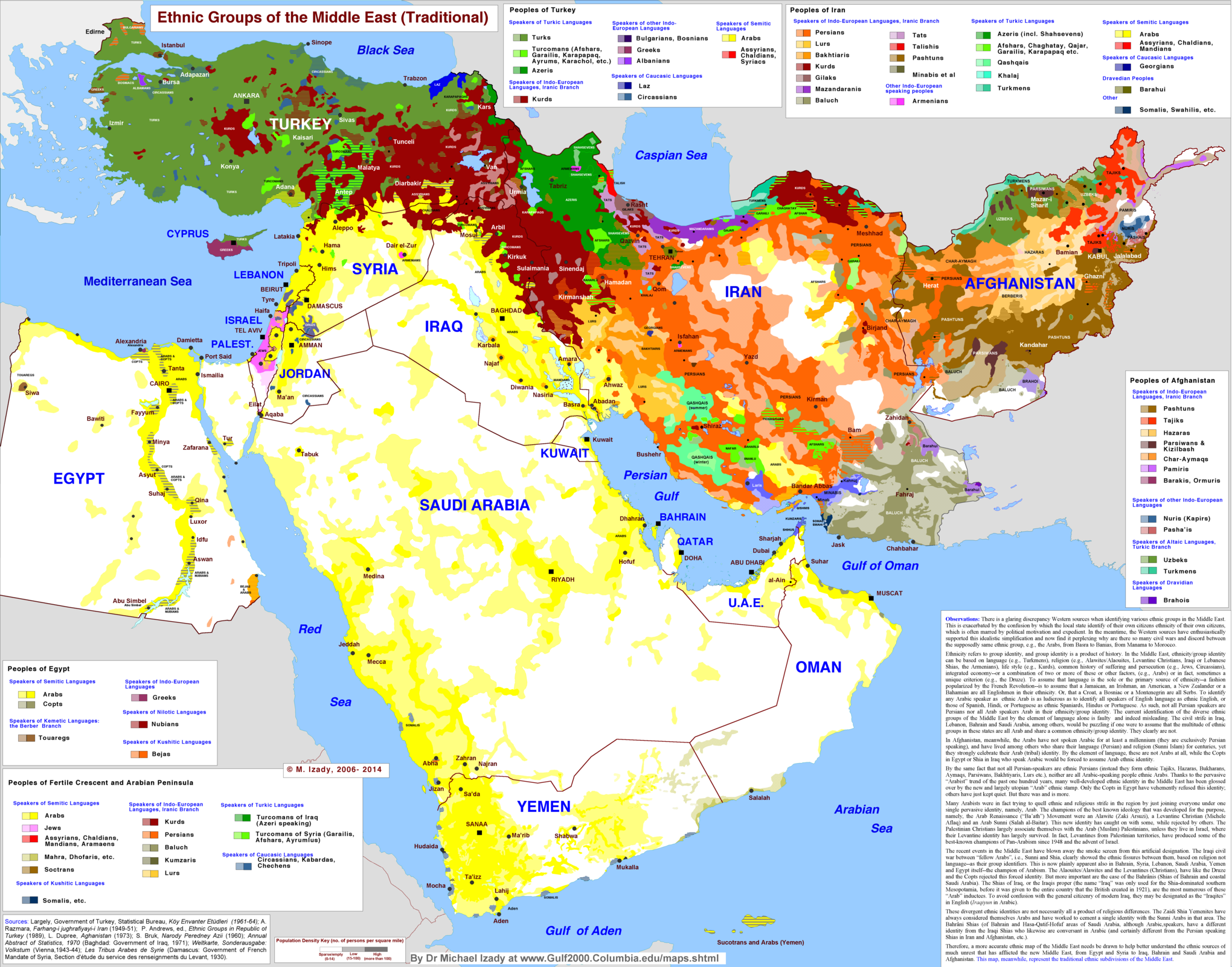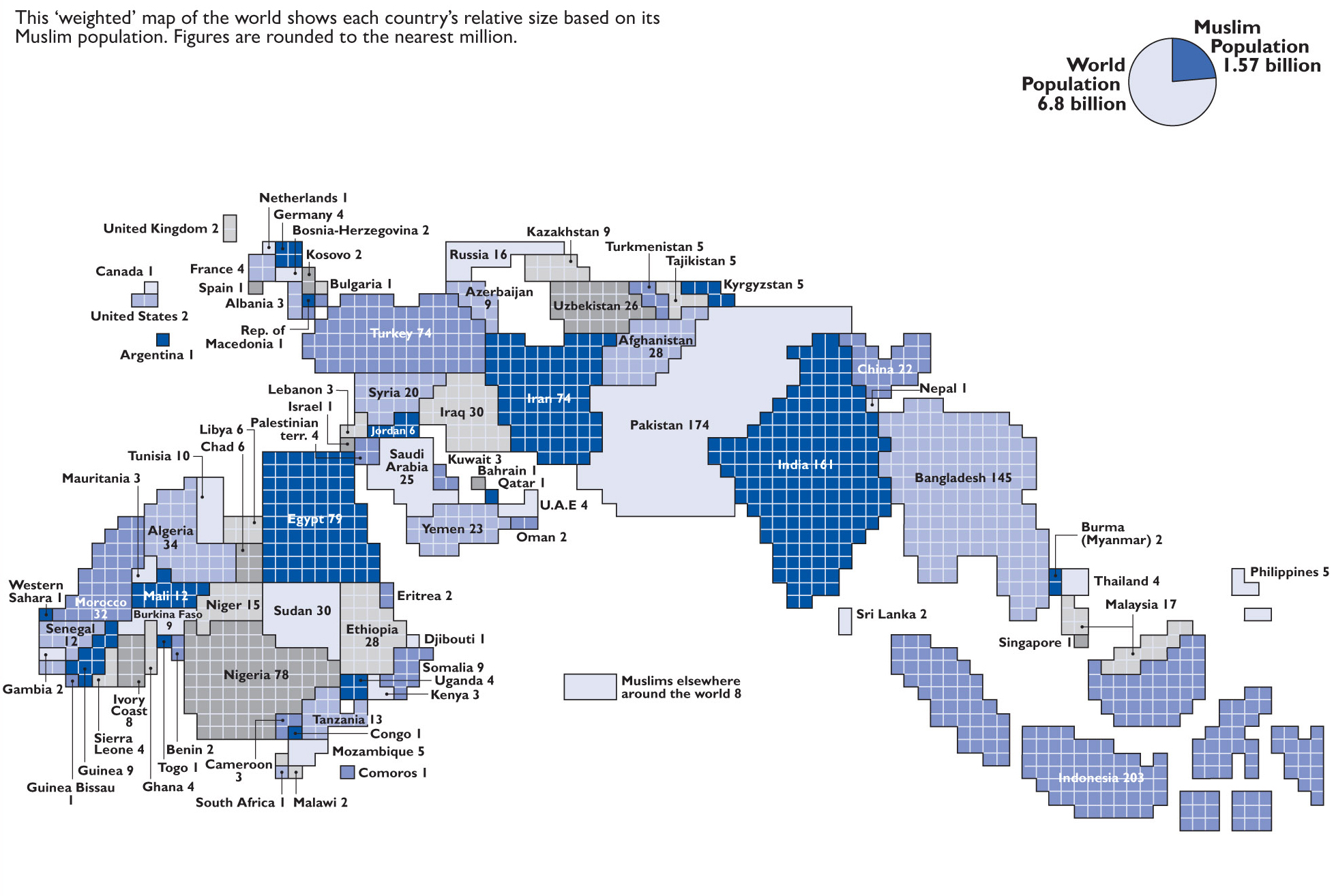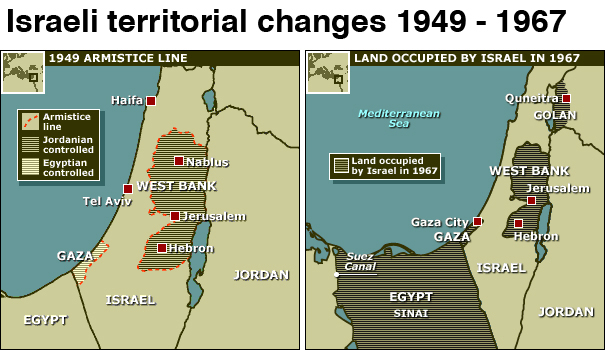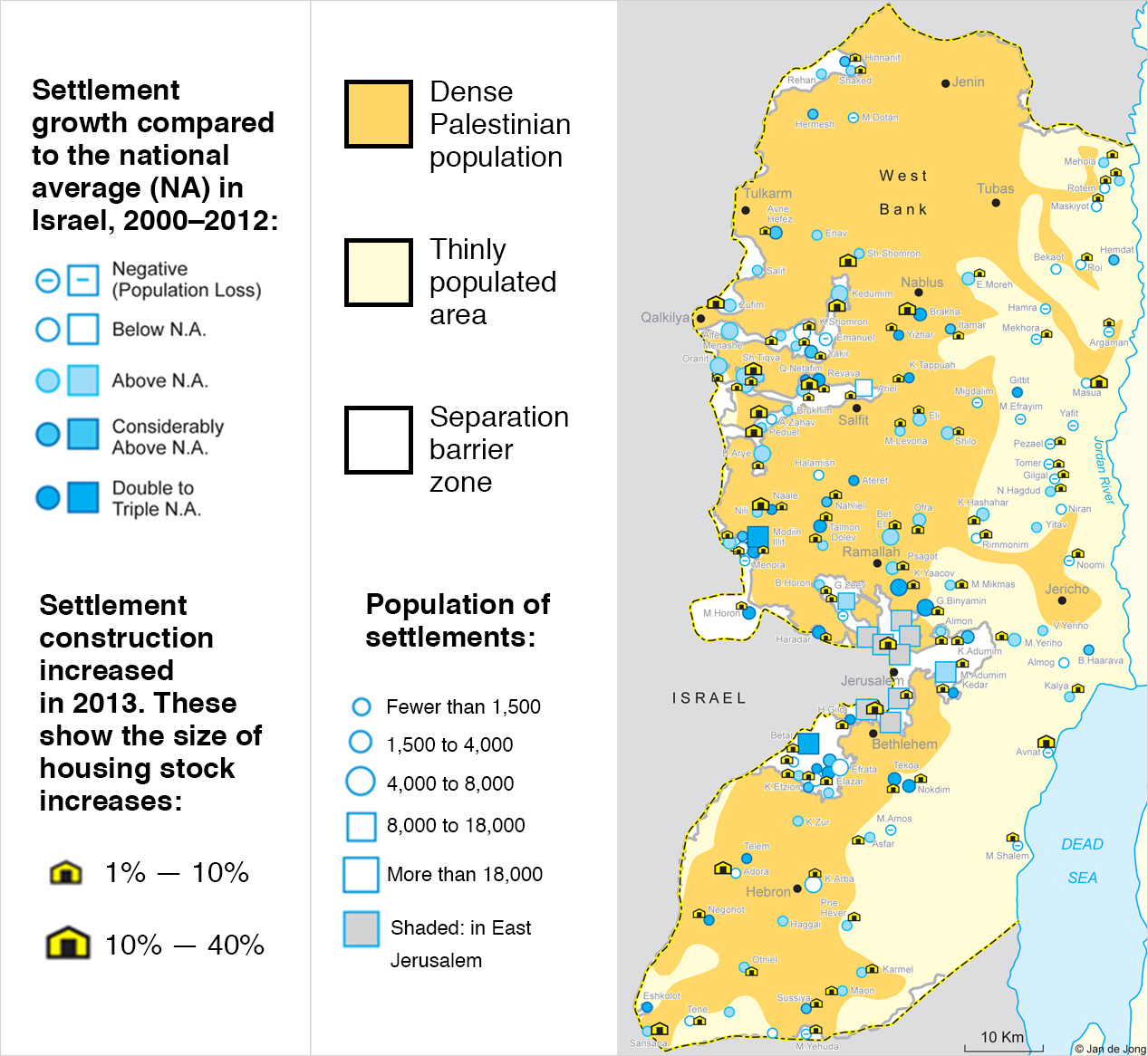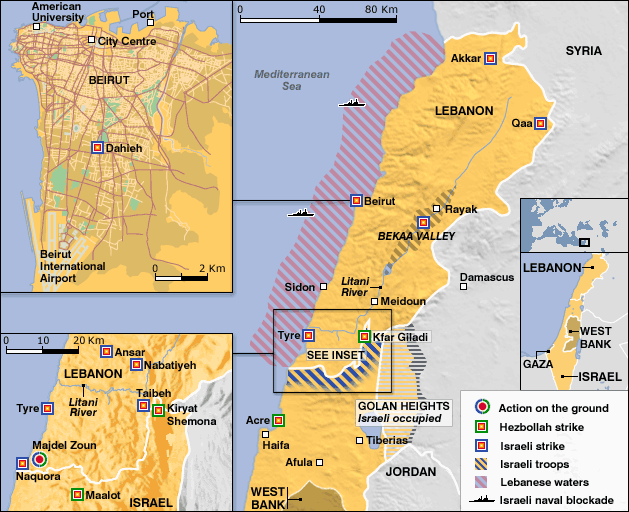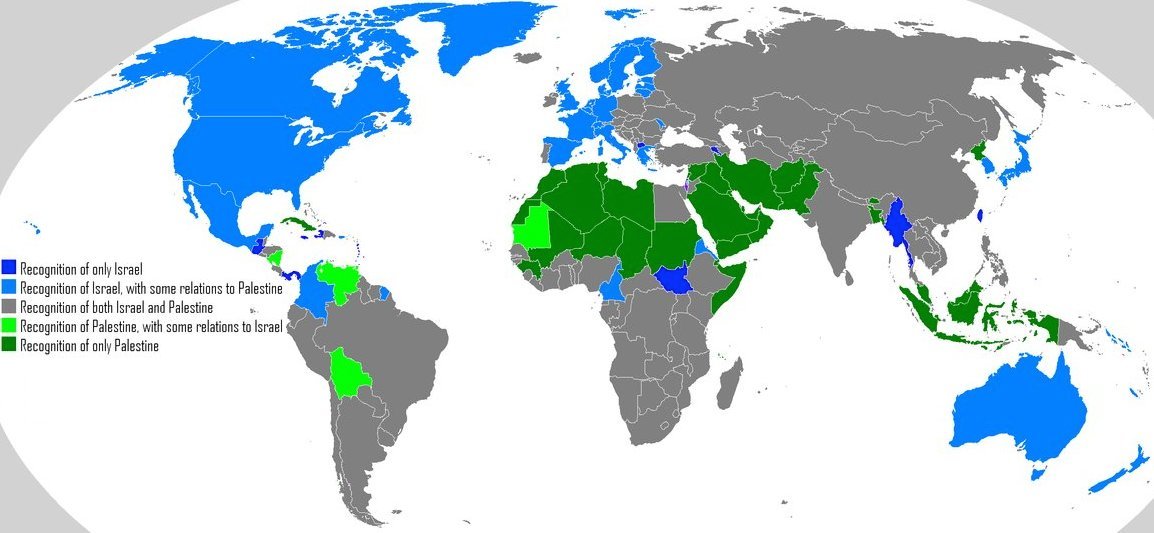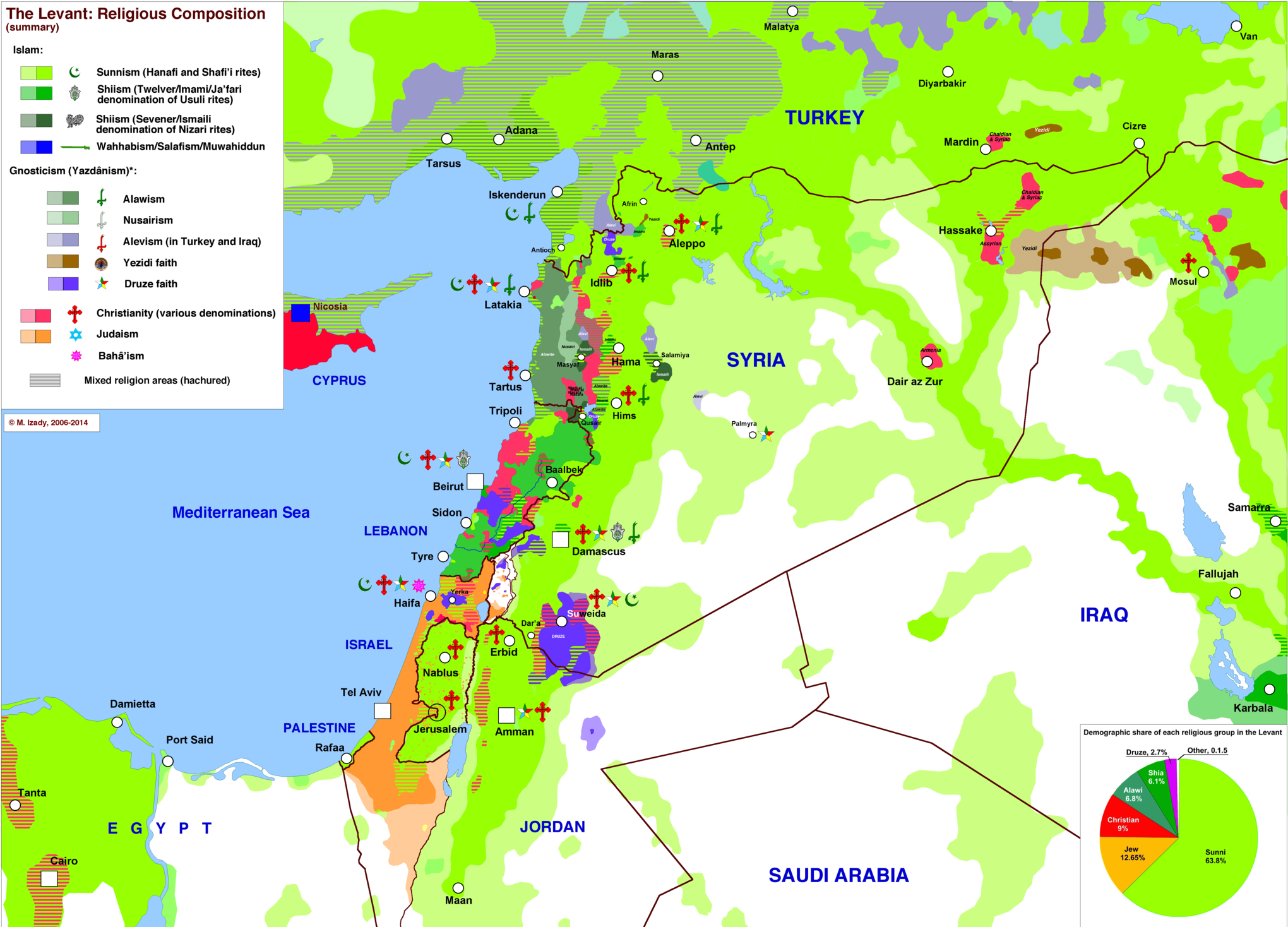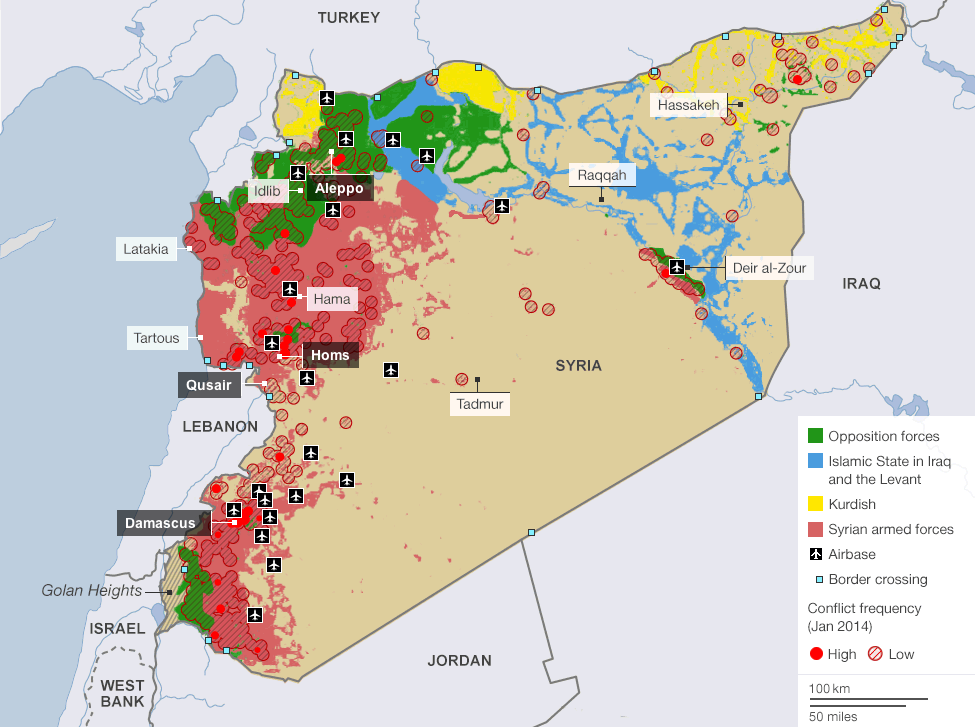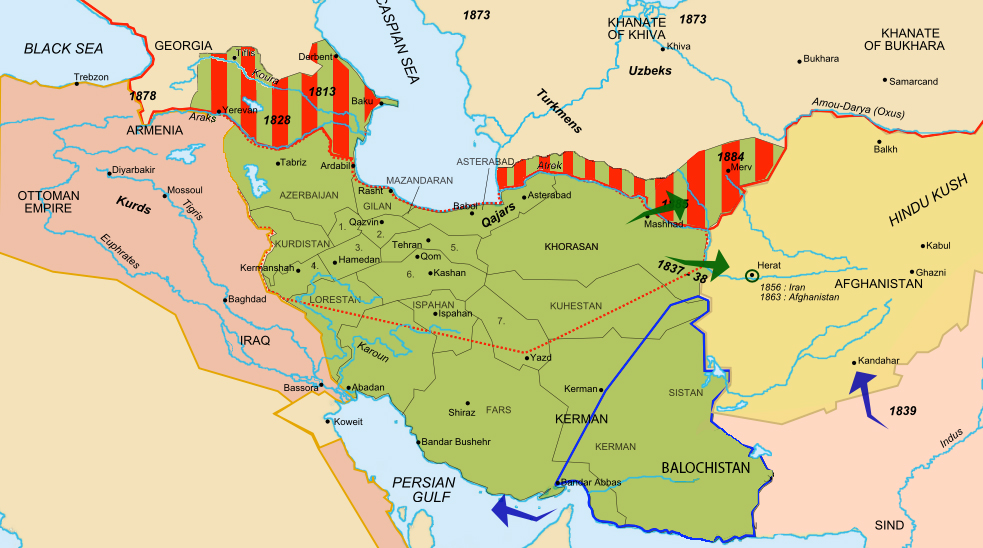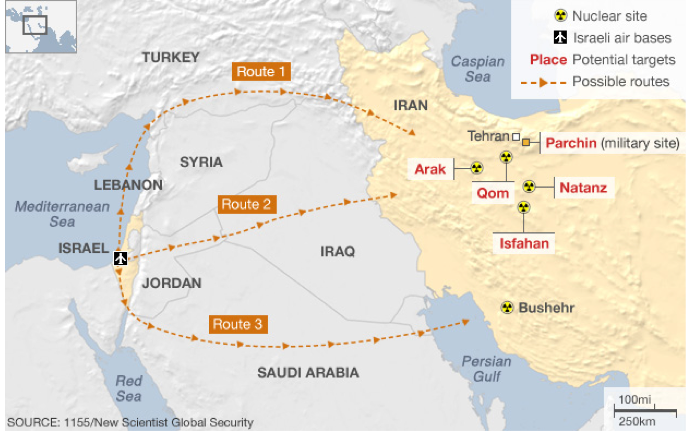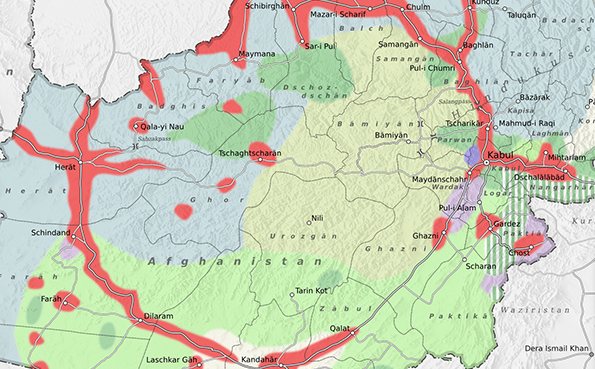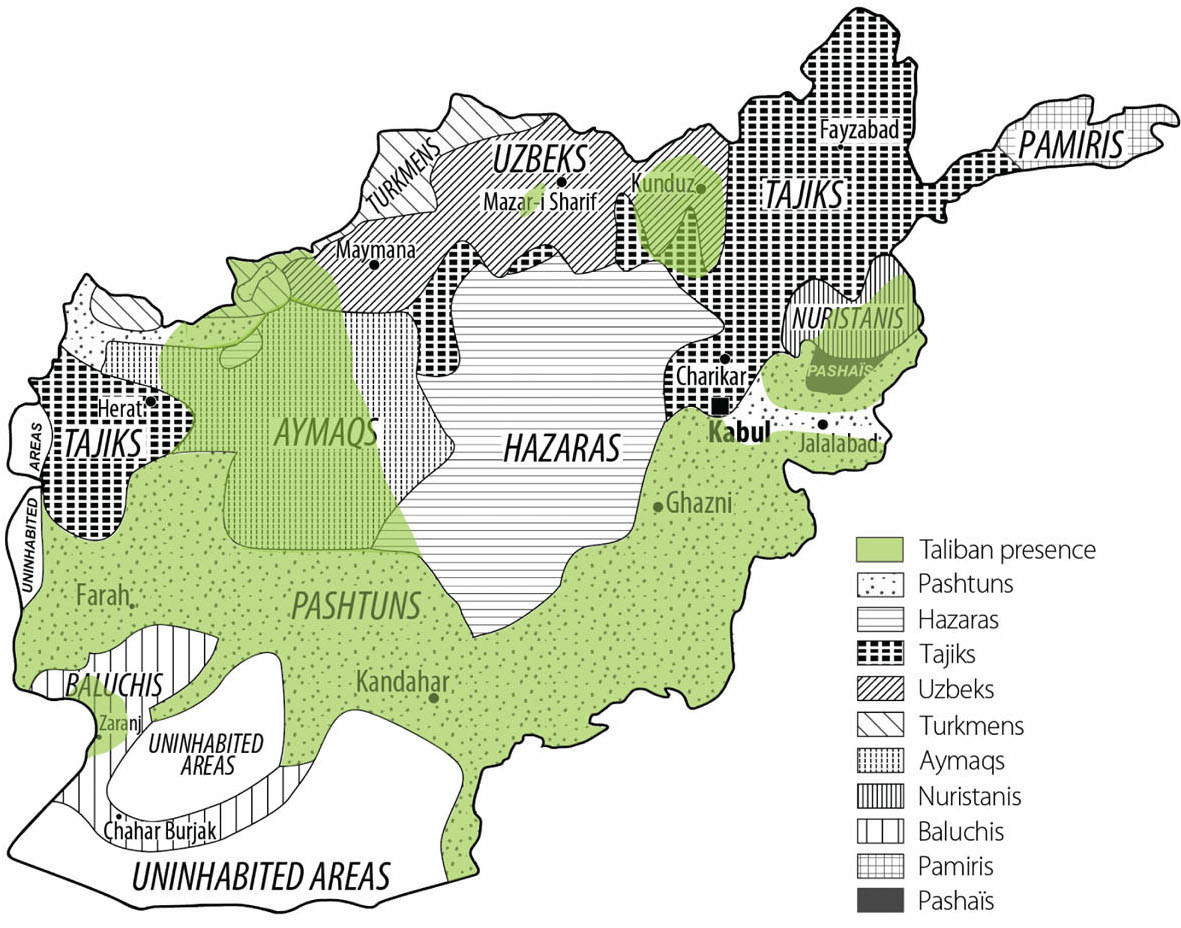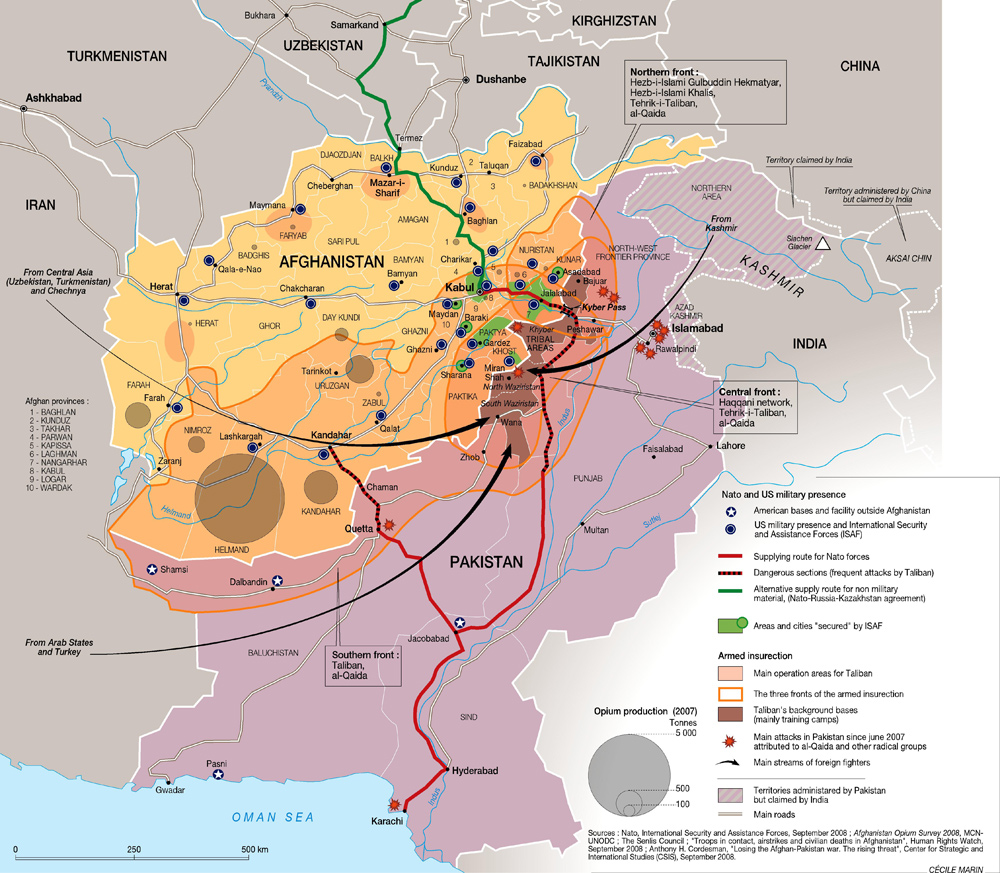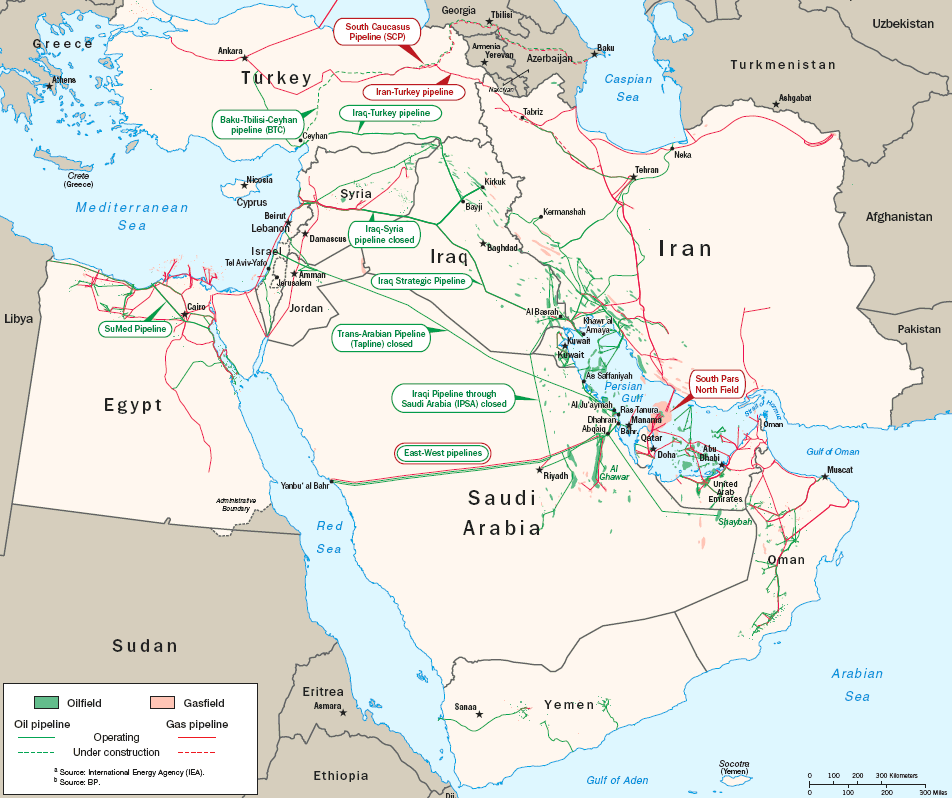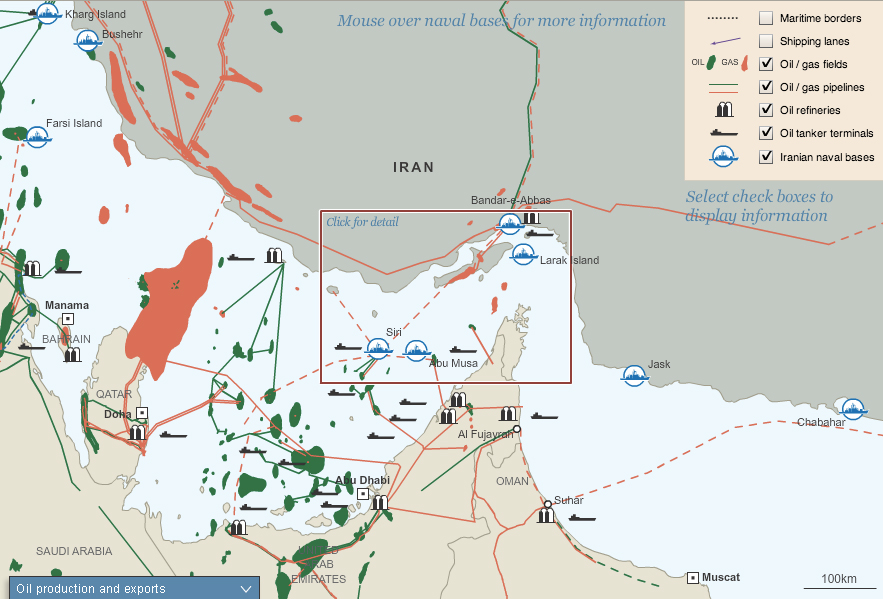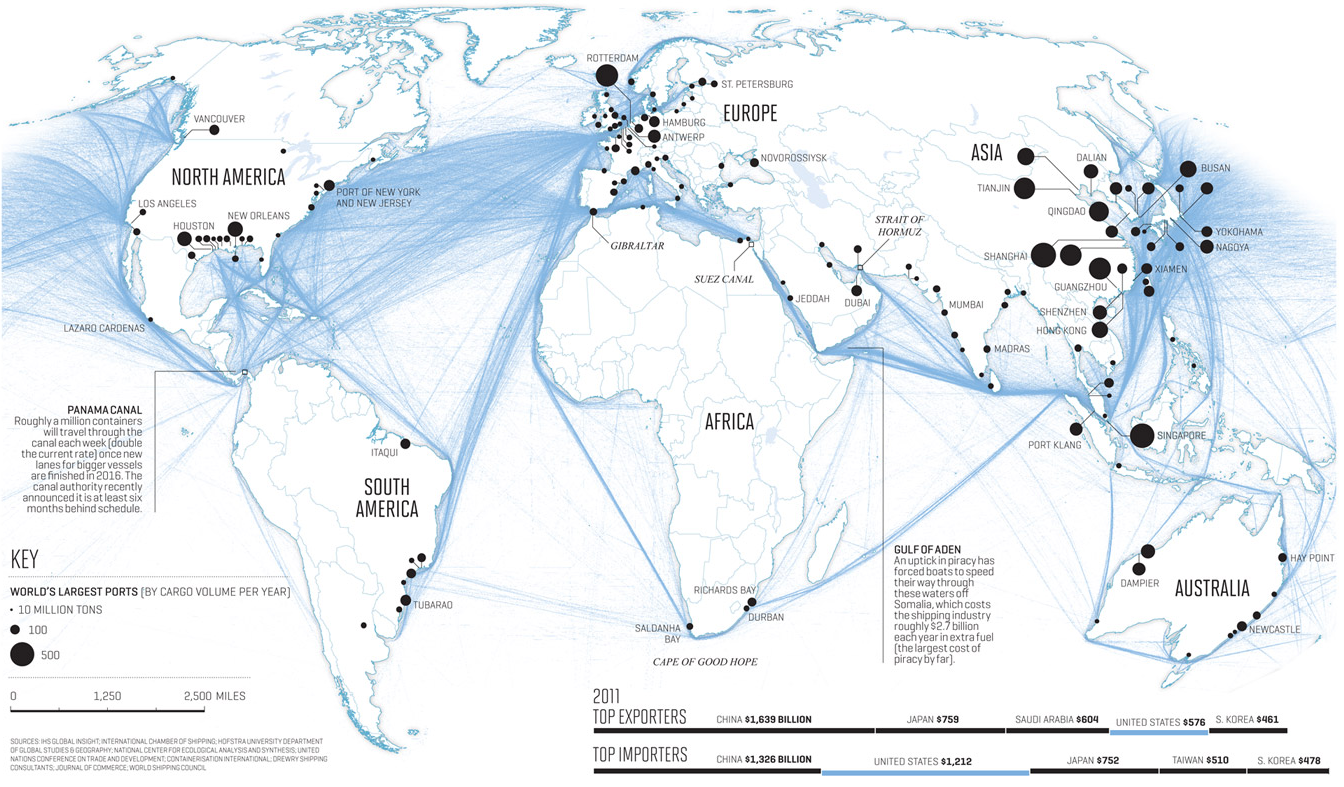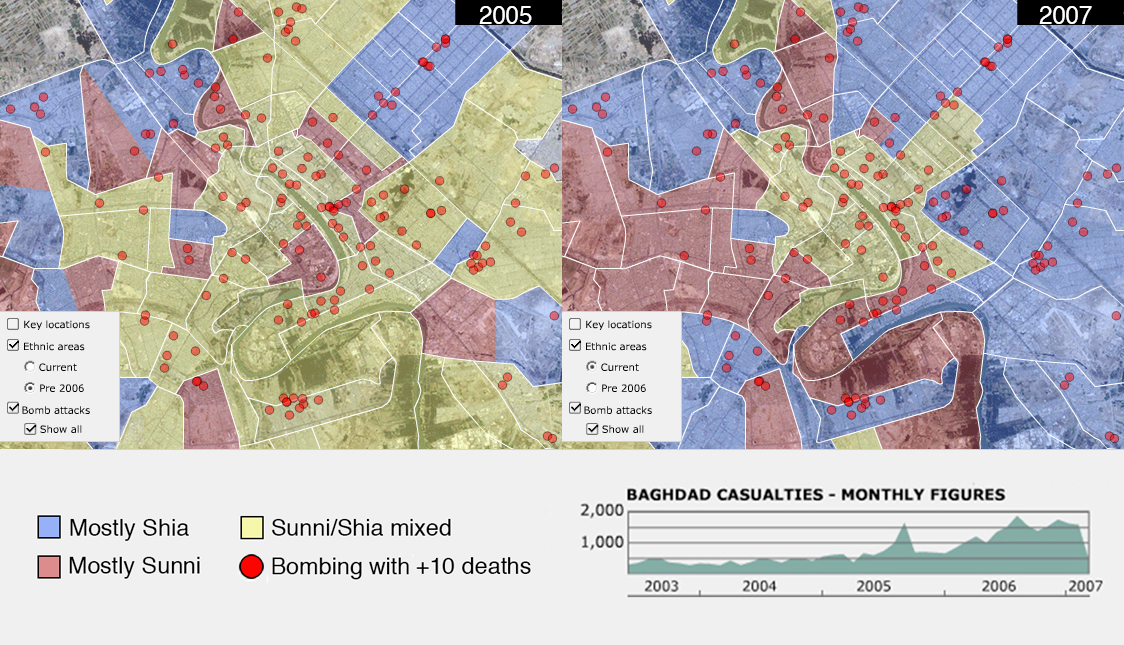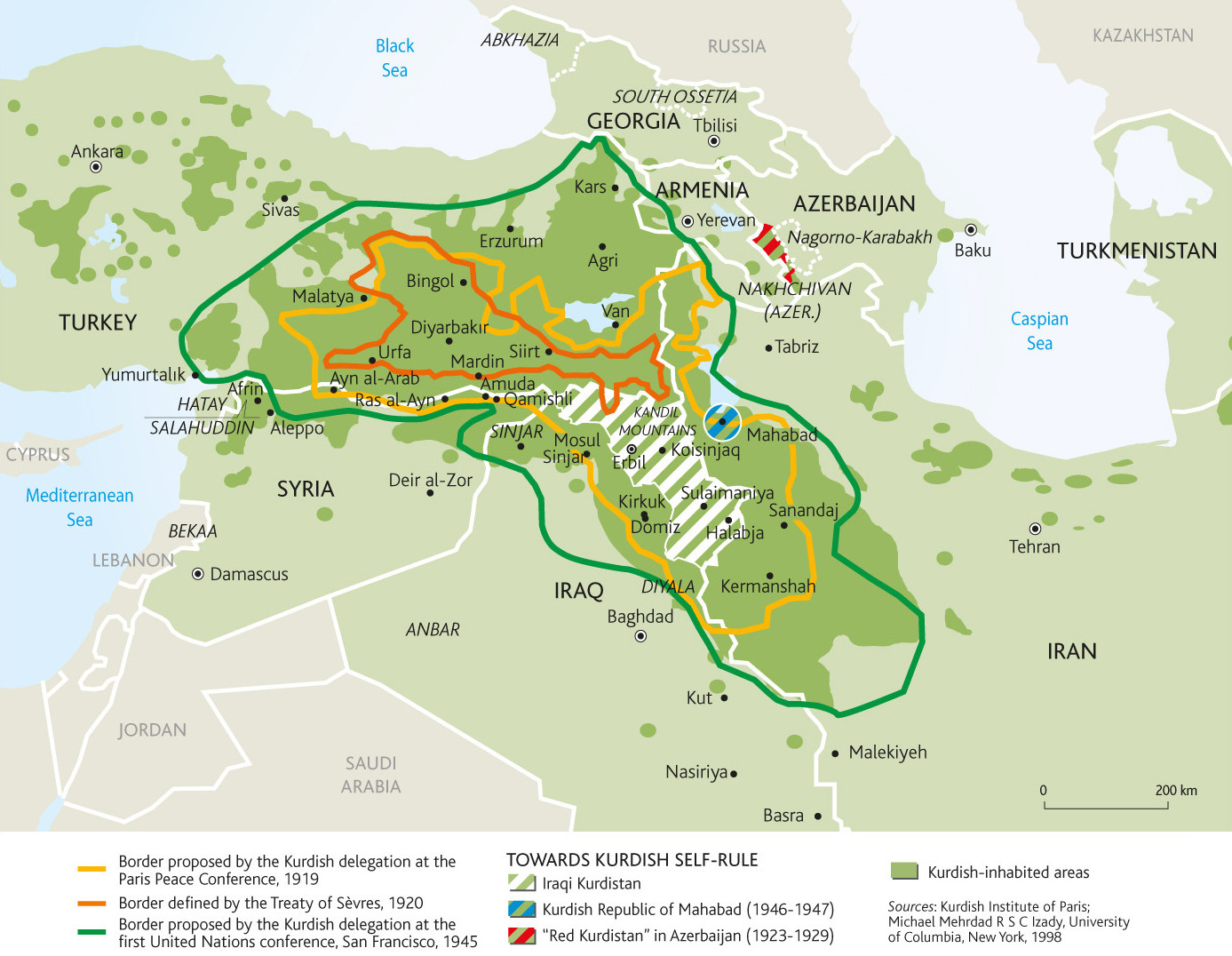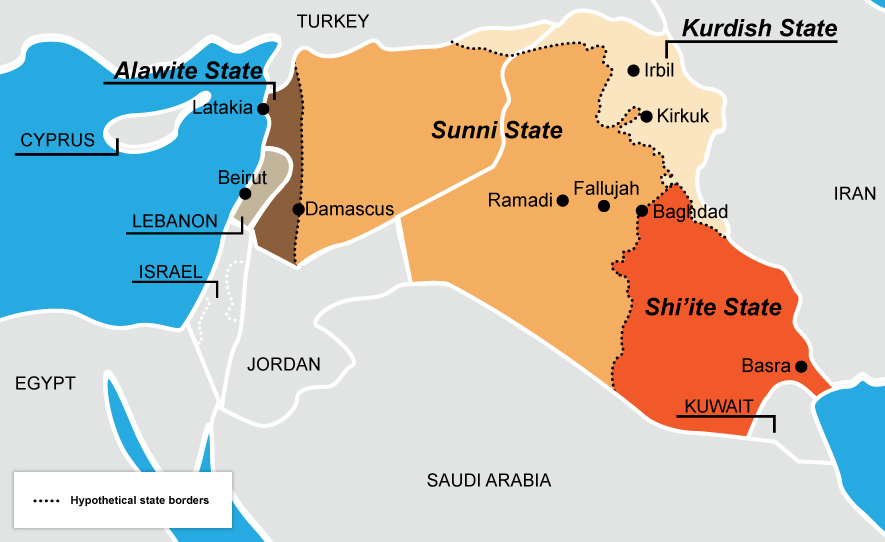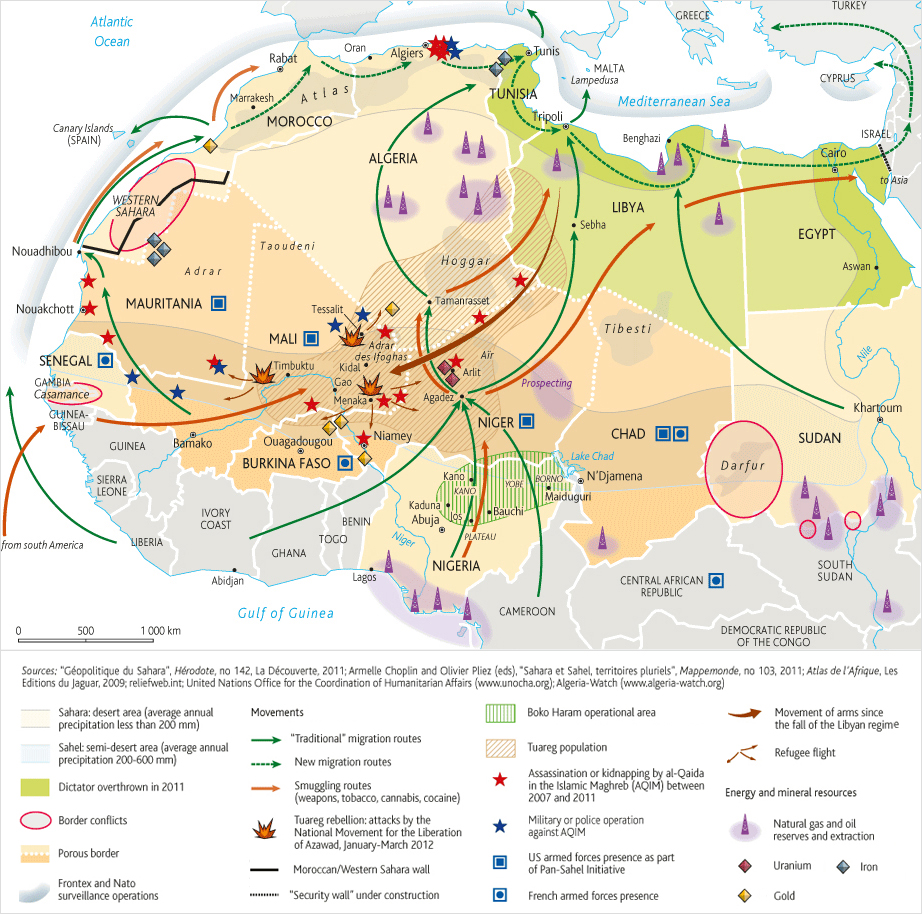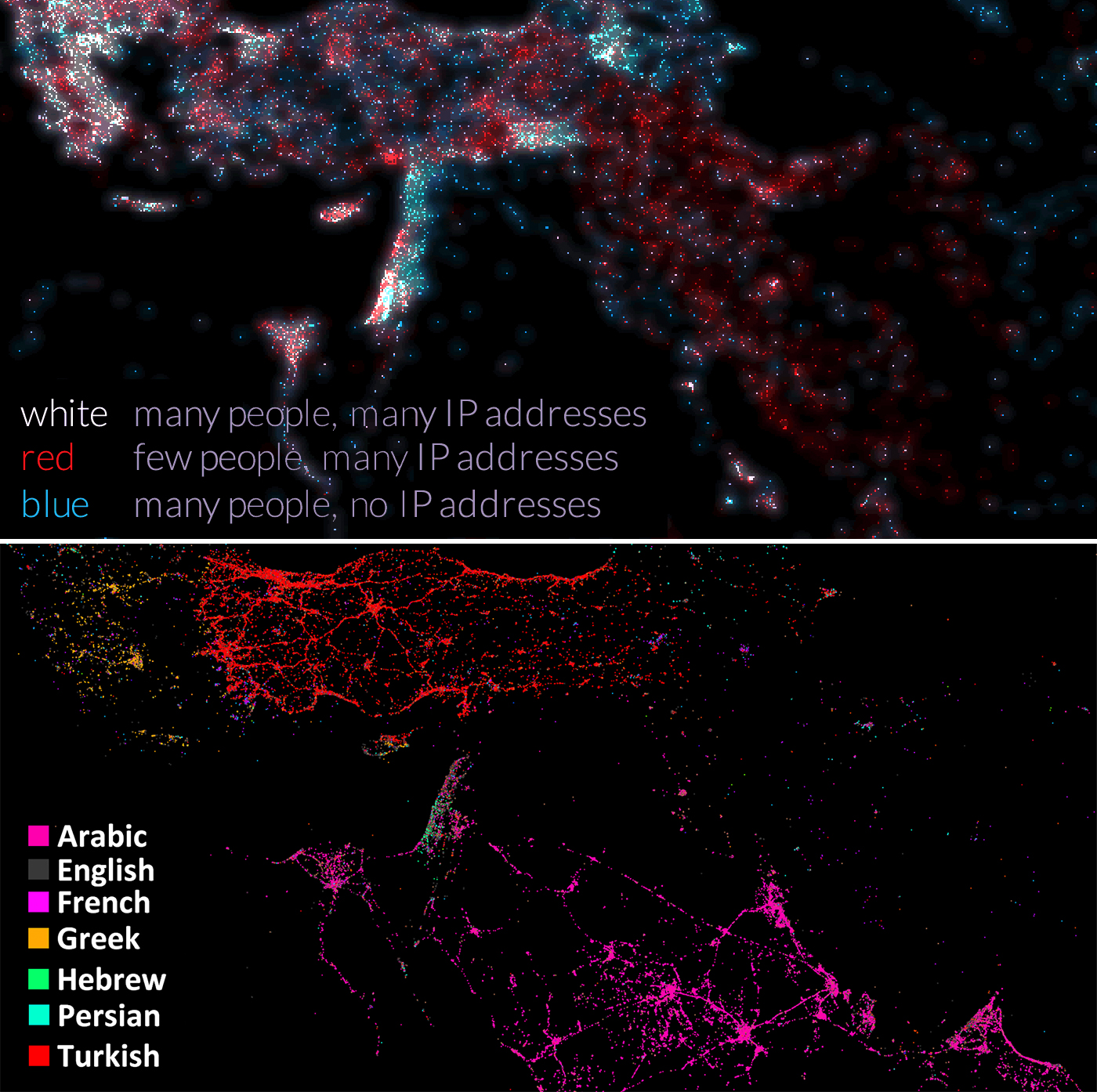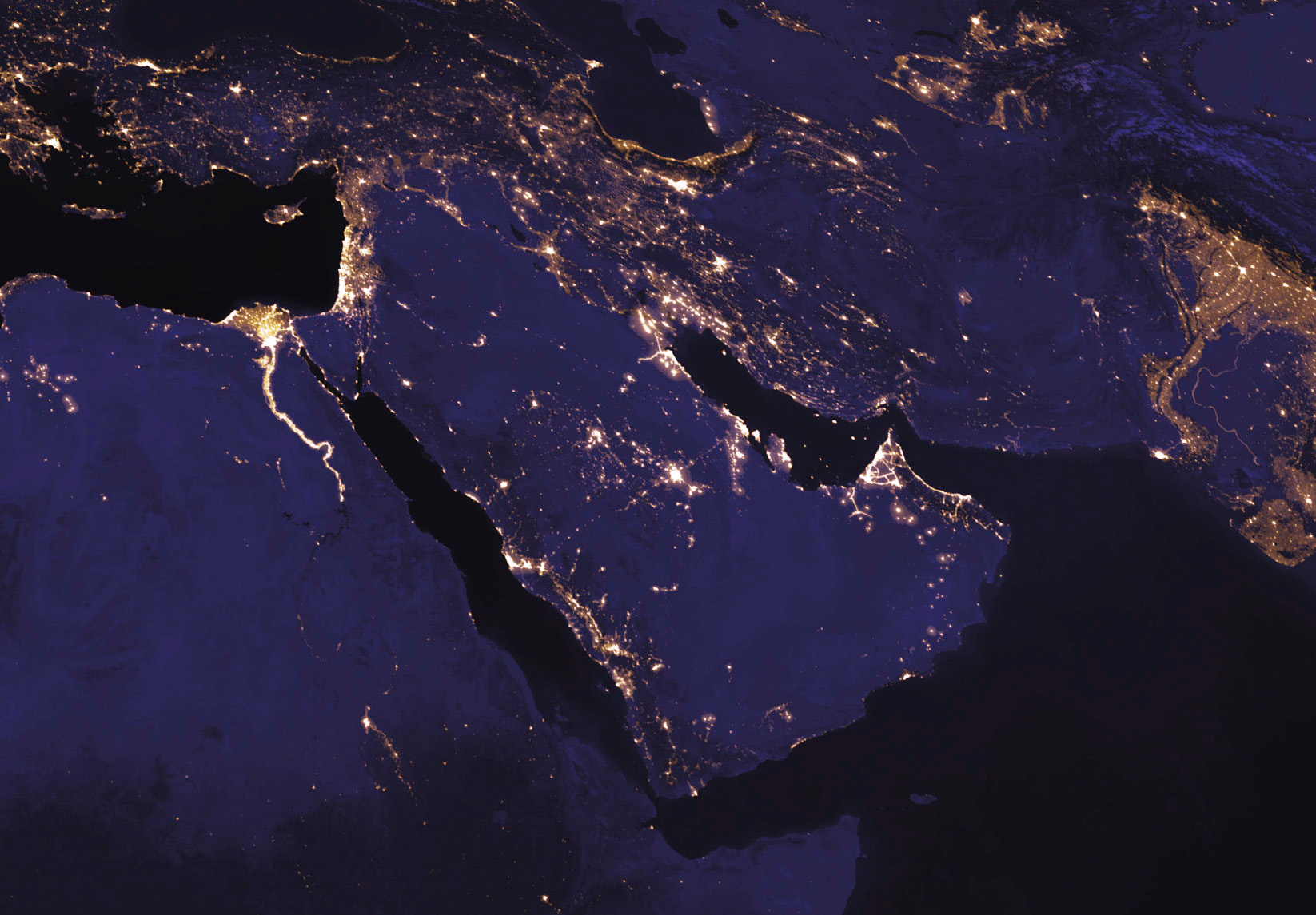In fact Disney does care about wait lines, apparently he has not been to the theme park. While the FBI is overworked, it is high time to open criminal investigations into the Veterans Administration and the FOIA requests need to be flying, this is shameful and disgusting.
VA Secretary: Disney Doesn’t Care About Wait Times, Why Should the VA?
Mediaite: Secretary for Veterans Affairs Robert McDonald had an interesting take on the criticism of long wait times at VA facilities, arguing Monday that Disney theme parks aren’t judged based on their wait times.
McDonald’s remarks, which were made during a breakfast event held by The Christian Science Monitor, started to gain attention after they were tweeted out by attendee Washington Examiner reporter Sarah Westwood.
“When you got to Disney, do they measure the number of hours you wait in line? Or what’s important? What’s important is, what’s your satisfaction with the experience?” McDonald said in the full quote. “And what I would like to move to, eventually, is that kind of measure.”
McDonald continued to say that the “create date” metric, which measures how long a veteran has to wait from the moment they first ask for care, is not a “valid measure” of wait time. Instead, he supports measuring wait times from how long veterans have to wait past their “preferred date” for care.
In 2014, an internal VA investigation found that at least 35 veterans in the Phoenix area died as a result of the long waiting times at the local VA hospital or after being secretly removed from the list entirely.
****
Examiner/Westwood: McDonald’s comments angered House Speaker Paul Ryan, who tweeted out Monday afternoon, “This is not make-believe, Mr. Secretary. Veterans have died waiting in those lines.”
McDonald faced questions at the breakfast about the VA’s lack of transparency surrounding how long veterans must wait to receive care at VA facilities around the country. The agency has weathered controversy over the past several years due to its struggle to provide timely care for many patients.
The VA secretary said most veterans report being satisfied with their care and argued that the average wait time for a veteran seeking VA treatment is only a matter of days.
He said he did not believe a measure called the “create date,” which gauges a veteran’s wait time by counting from the day the veteran first requests care, was a “valid measure” of a veteran’s VA experience.
The Government Accountability Office released a report in April exploring the metric used to count a veterans’ wait time, called the “preferred date.” The measure does not count from the time a veteran first calls to make an appointment.
****
Related: VA bosses in 7 states falsified vets’ wait times for care
The newly released findings of those probes show that supervisors instructed schedulers to manipulate wait times in Arkansas, California, Delaware, Illinois, New York, Texas and Vermont, giving the false impression facilities there were meeting VA performance measures for shorter wait times.
In some cases, the system encouraged manipulation even without explicit instruction from supervisors. A manager in West Palm Beach, Fla., sent out laudatory emails touting the shorter wait times the system showed. Schedulers in Harlingen, Texas, reported being berated by supervisors when they booked appointments showing longer wait times for veterans. (It was “not pretty,” one employee said.) More here.
******
Meanwhile, there is this heartwarming story:
Dying veteran’s horses visit him at hospital to say goodbye
Quadrangle: We would like to thank Roberto Gonzales for his service and sacrifice.
As he lay dying in a Veterans Administration hospital he had one wish, to see his beloved horses Sugar and Ringo one last time.
Roberto Gonzales was wounded in battle on May 21, 1970. “He was in Vietnam for a few months when he was shot an injured”, explains his wife, Rosario Gonzalez.
Now, Gonzalez is paralyzed, restricted to a hospital bed and suffering from organ failure.
He recently went to the hospital for a wound on his back, which is when it was discovered he also needed treatment for liver problems and that his kidneys were starting to shut down.
“Horses are his life”, Rosario Gonzales told CNN affiliate KABB.
A paralysed and dying Vietnam War veteran has been reunited with his favourite horses in an emotional final wish.
The visit was also a testament to Roberto’s love of the animals, as both he and his wife trained and raised horses for almost 40 years together.
Two of those animals are Sugar and Ringo, a pair of horses that have become some of Gonzalez’s closest friends. “They came up to him and I think they were actually kissing him”.

